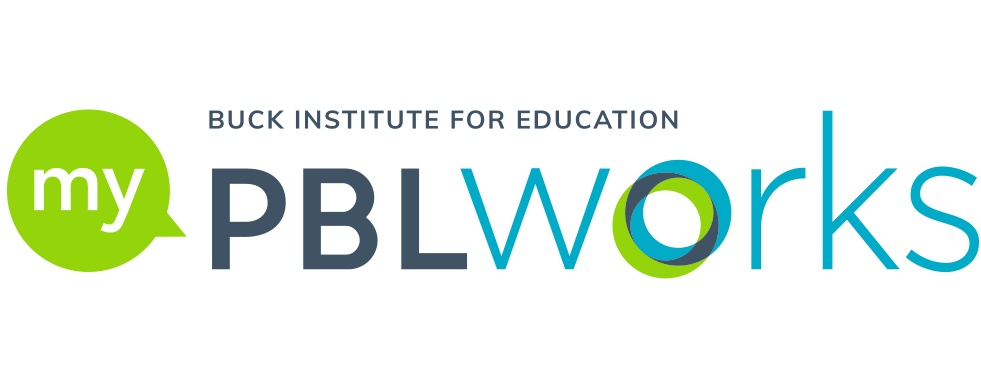5 Reasons Why Proficiency-Based Education Needs PBL
“I struggled on last week’s Spanish summative assessment, but I’ve gotten some extra help and I understand the target now. How can I demonstrate that to you?”
“This entry shows that I can add two digit numbers to two-digit numbers and get the correct answer, but I’m still confused sometimes about what to do when the numbers are in a story problem, so that’s what I’m working on next.”
“I’ve reflected on how I could have been a better collaborator in this project, and I think it shows that I exceed proficiency on my collaboration learning targets.”
Students are saying these things in districts across the country that, like mine, are making the switch to proficiency-based education. Here’s how the state of Maine defines it:
Proficiency-based education refers to any system of academic instruction, assessment, grading and reporting that is based on students demonstrating mastery of the knowledge and skills they are expected to learn before they progress to the next lesson, get promoted to the next grade level or receive a diploma.
In order to award proficiency-based diplomas to our high school graduates, we’ve had to change many things throughout our district. We’ve changed the computer system we use to communicate assessments with parents. We’ve changed our graduation requirements and transcript. We’ve changed the language we use to talk about student achievement; and, more importantly, how we talk about students who are not achieving.
One of the biggest changes we’ve discovered we need to make, however, is in our instructional practice. Students need to know the focus behind every learning experience so they can reflect upon their own levels of understanding. Teachers need to know the rigor level they expect from students proficient on learning targets. And parents need to know that we have interventions in place for students who have not yet met proficiency levels on learning targets. In short, proficiency-based instruction needs Project Based Learning, for the following five reasons.
1. Project Based Learning makes it possible to integrate subjects while still assessing them individually. Because PBL is always authentic to some degree, it is necessary for students to use multiple skills and understandings in order to complete their products. In order to develop a water filtration system for a local town, for example, students might need to read about the town’s history, their current water supply, and any regulations in the town’s codebooks. Teachers can list the individual learning targets students will be working on within the context of the project, while assessing and reporting their levels of skill and understanding separately. In a system where there may be a daunting number of learning targets to teach and asses, integration is not only important because of the authenticity level but also because of time constraints within the school year.
2. Project Based Learning equalizes the focus on content targets and key success skills. By separating proficiency in content from homework completion and traditional “participation” grades, schools create categories of targets they may call Habits of Work, or 21st Century Skills, or Guiding Principles. PBL has always placed an equal emphasis on teaching content standards as well as these success skills. Through utilizing a PBL methodology, teachers can also be assured of having a need and opportunity to teach and assess these success skills, whereas with more traditional types of instruction they might not be necessary.
3. Project Based Learning is rigorous. A critical piece of proficiency-based education is setting the rigor level for proficiency in specific learning targets. A student in one science classroom can’t be considered proficient in a target if they follow directions to complete an experiment while in the other science classroom proficiency requires designing the experiment on one’s own. PBL, through its requirements for authenticity and sustained inquiry, requires a high level of rigor from students. Rigor levels set at “in context,” and “problem-solving,” for example, are easy levels to hit, and therefore assess, through the course of a project.
4. Project Based Learning provides opportunities for revision. Proficiency-based education could also be called the “not yet” method of education; as in, I haven’t demonstrated proficiency on that target yet. Requiring students to meet certain proficiency levels in order to graduate also requires educators to have a plan for what to do when student struggle with meeting a certain learning target. Because of PBL’s focus on revision opportunities, students have multiple chances throughout a project to get back on track, seek out extra help, and demonstrate their proficiency on learning targets. Teachers with a solid assessment plan will also have plenty of information early on in a project in order to help any struggling students.
5. Project Based Learning has a focus on reflection. A critical piece of proficiency-based education is reflection, on the current level of proficiency on learning targets, the process used to get there, and how that process or a different one might lead to deeper levels of understanding. Students need to be able to explain where they are on learning targets and where they are going next. With the reflection points that are built in to every project, students have many chances to reflect on their levels of content understanding as well as the proficiency on success skills that their project process demonstrates.
To view or download this resource, log in here.
Login